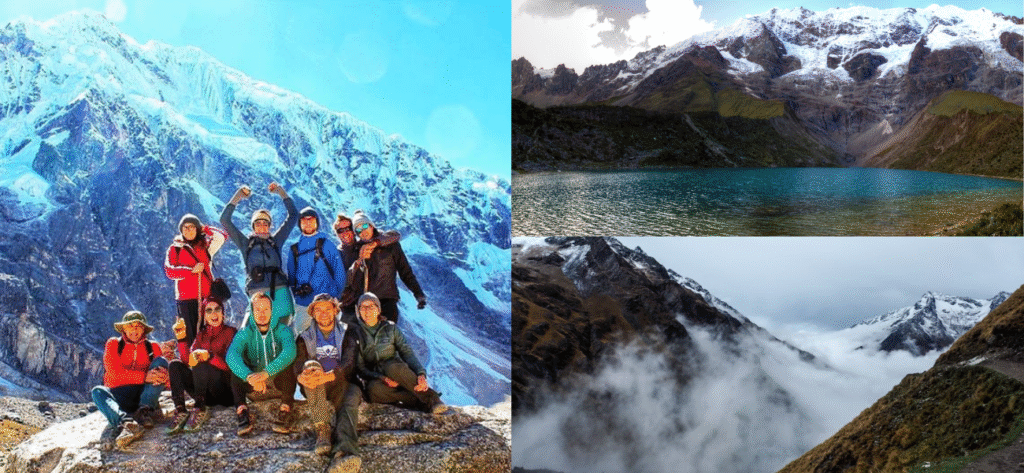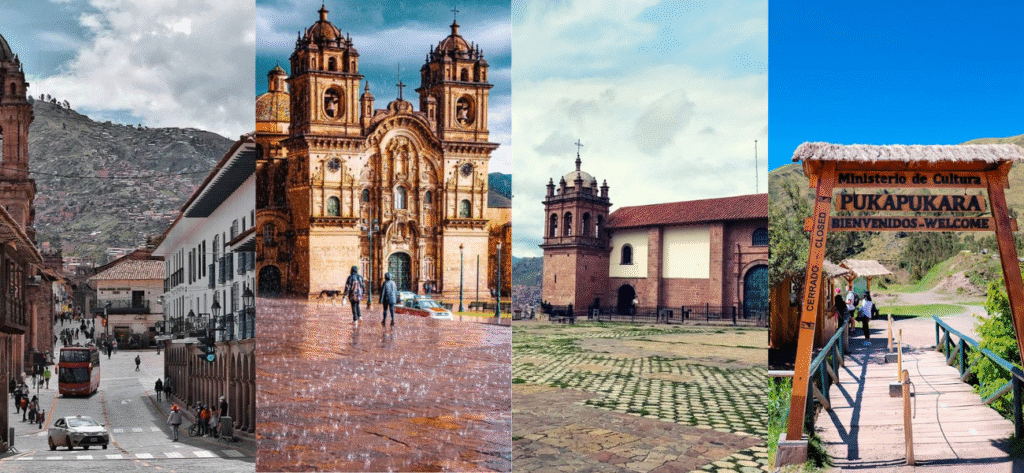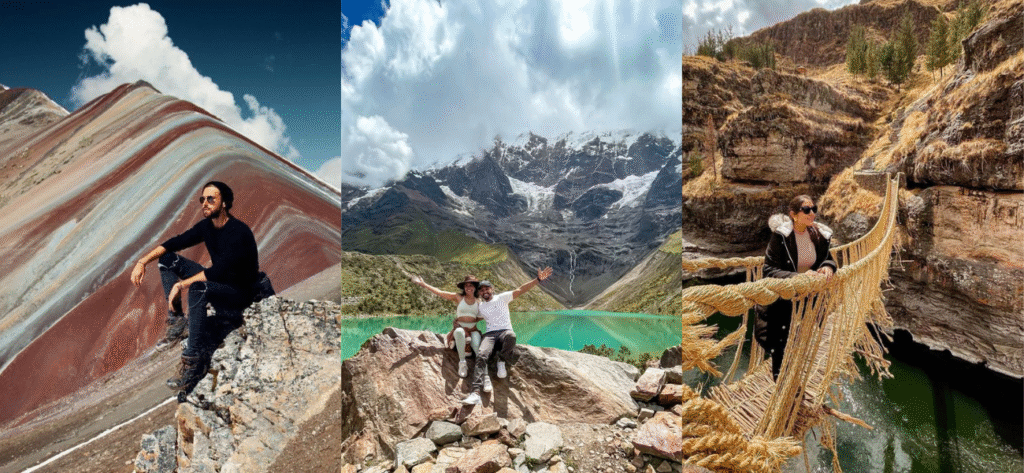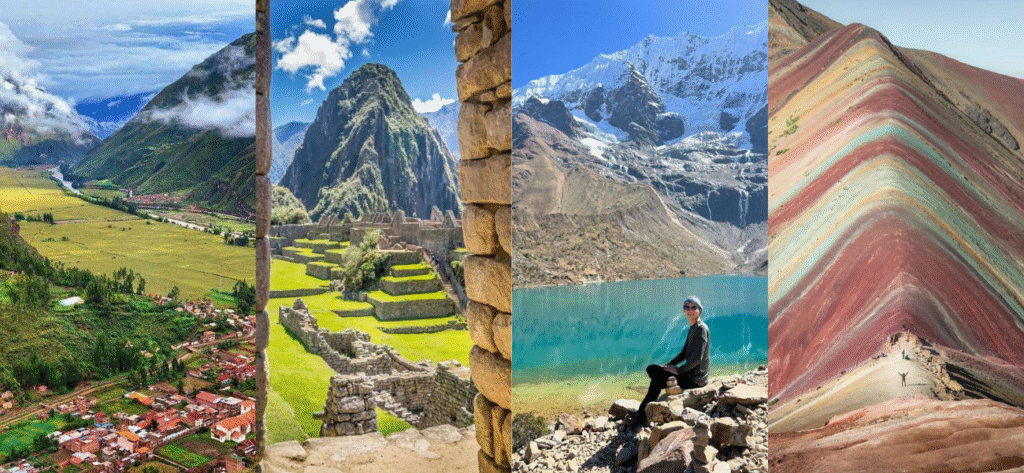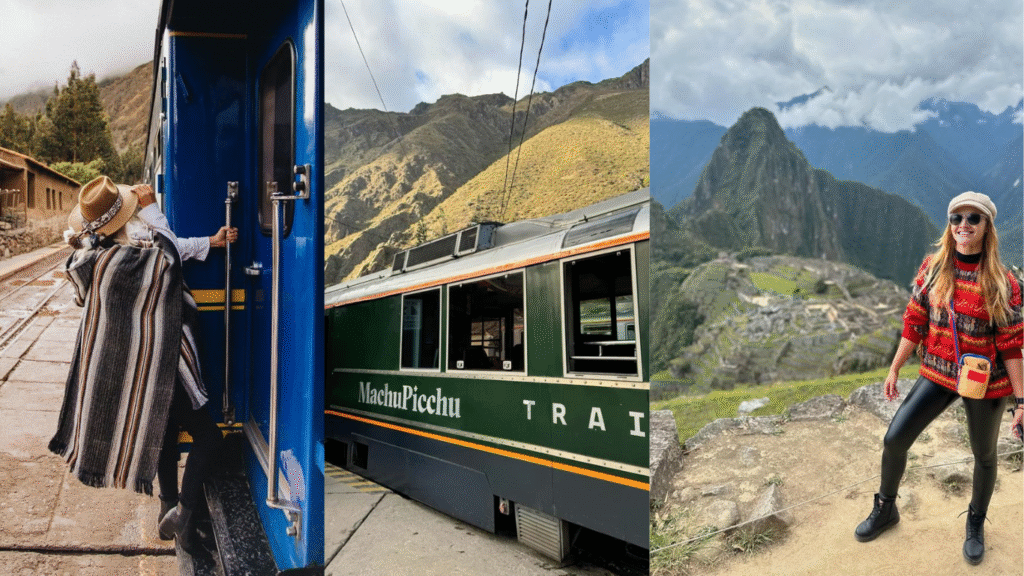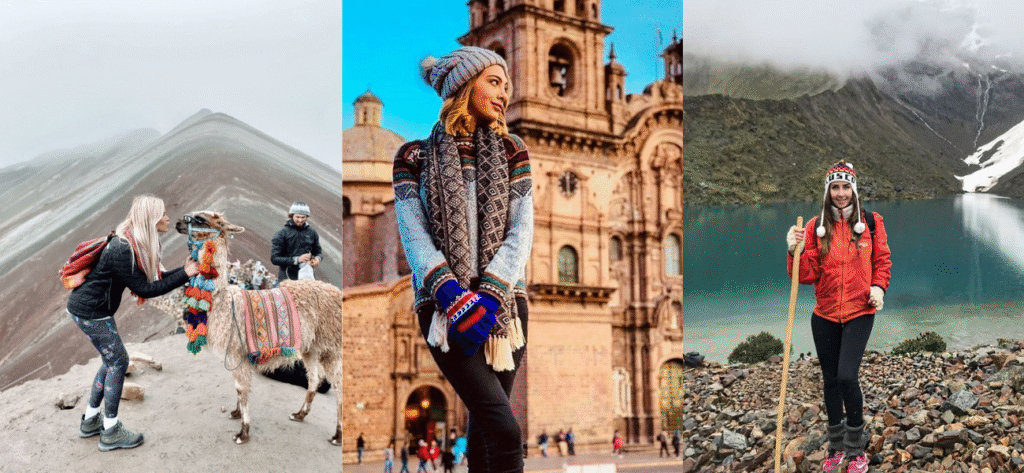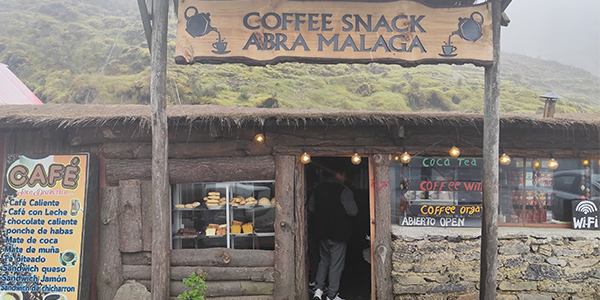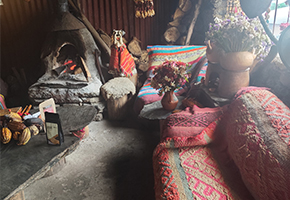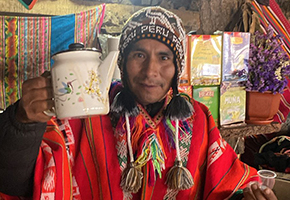Altitude Sickness on the Salkantay Trek: What You Need to Know
If you’re planning to hike the famous Salkantay Trek to Machu Picchu, you’ve probably heard about the risks of altitude sickness. Don’t worry — with the right preparation, you can minimize the risk and enjoy your adventure safely. Here’s everything you need to know about altitude sickness on the Salkantay Trek.
What Is Altitude Sickness?
Altitude sickness, also called acute mountain sickness (AMS), happens when you ascend to high elevations too quickly and your body struggles to adjust to the lower oxygen levels.
Common symptoms include:
- Headache
- Nausea or vomiting
- Dizziness
- Shortness of breath
- Loss of appetite
- Trouble sleeping
In most cases, symptoms are mild and go away as your body acclimates. But in rare cases, it can become serious if ignored.
Why Altitude Sickness Is a Concern on the Salkantay Trek
The Salkantay Trek reaches some serious heights:
- Cusco: 3,400 meters (11,155 feet)
- Salkantay Pass: 4,650 meters (15,256 feet) — the highest point of the trek!
This is higher than Machu Picchu itself, which sits at just 2,430 meters (7,972 feet). The big jump in altitude, especially on Day 2 of the trek, is what makes preparation essential.
Who Can Get Altitude Sickness?
Anyone — no matter your age, fitness level, or experience. Even seasoned hikers can feel the effects. It’s not about physical strength; it’s about how your body adapts to altitude.
How to Prevent Altitude Sickness on the Salkantay Trek
- Acclimatize in Cusco
Spend at least 2 to 3 days in Cusco or the Sacred Valley before your trek. This helps your body adjust gradually.
- Stay Hydrated
Drink plenty of water before and during the trek. Avoid alcohol and excessive caffeine, which can dehydrate you.
- Take It Slow
Walk at a steady pace, especially on ascent days like the climb to Salkantay Pass. Don’t rush.
- Eat Light but Often
Frequent small meals with carbs help maintain your energy without overloading your stomach.
- Try Coca Tea or Leaves
Locals swear by coca tea (mate de coca) to ease altitude symptoms. It’s a traditional remedy and widely available in Cusco.
- Consider Medication
Talk to your doctor about acetazolamide (Diamox), which can help prevent and reduce symptoms.
What to Do If You Get Sick on the Trek
- Tell your guide immediately — they are trained to recognize and manage altitude sickness.
- Rest, hydrate, and descend if necessary.
- Mild symptoms are common and usually pass, but severe symptoms require immediate action, which might mean descending to a lower altitude or even evacuating.
Pro Tip: Choose a Reputable Tour Company
Going with an experienced company means having guides who monitor your health, carry oxygen, and are prepared to handle emergencies. Peace of mind on the trail is priceless!
Final Thoughts: Don’t Let Altitude Stop Your Adventure
Yes, altitude sickness is a real concern on the Salkantay Trek, but with smart preparation, thousands of travelers safely complete this epic journey every year. Respect the mountain, listen to your body, and you’ll be rewarded with the adventure of a lifetime — standing at Machu Picchu after conquering Salkantay.
What you should do before booking Salkantay Trek to Machu Picchu
1. What is the Salkantay Trek, and how does it compare to the Inca Trail?
The Salkantay Trek is an alternative route to Machu Picchu, offering breathtaking landscapes, including snow-capped mountains, cloud forests, and high-altitude passes. Unlike the Inca Trail, the Salkantay Trek does not require a permit and is less crowded, providing a more adventurous experience.
2. How many days does the Salkantay Trek take to reach Machu Picchu?
The standard Salkantay Trek takes 5 days and 4 nights, covering approximately 72 km (45 miles). However, there are shorter and longer variations of the trek available.
3. What is the difficulty level of the Salkantay Trek?
The Salkantay Trek is considered moderate to challenging, as it involves hiking at high altitudes and steep ascents. The highest point is the Salkantay Pass at 4,650 m (15,255 ft). Proper acclimatization is recommended before starting the trek.
4. Do I need a permit to hike the Salkantay Trek?
No, unlike the Inca Trail, the Salkantay Trek does not require a special permit. However, you do need an entrance ticket for Machu Picchu, which should be booked in advance.
5. What is the best time of year to hike the Salkantay Trek?
The best time to hike the Salkantay Trek is during the dry season (April to October). The weather is more stable, with clear skies and less rain. The rainy season (November to March) can make the trail muddy and challenging.
6. What should I pack for the Salkantay Trek?
Essential items include:
- Hiking boots (waterproof and comfortable)
- Warm layers (temperatures drop at night)
- Rain jacket or poncho
- Sleeping bag (suitable for cold weather)
- Sun protection (hat, sunglasses, sunscreen)
- Water bottle and purification tablets
- Basic first aid kit
7. Is altitude sickness a concern on the Salkantay Trek?
Yes, altitude sickness can be an issue, especially at the Salkantay Pass (4,650 m). It is recommended to spend a few days in Cusco (3,400 m) before the trek to acclimatize. Staying hydrated, avoiding alcohol, and chewing coca leaves can help with symptoms.
8. How do I get to Machu Picchu from the end of the Salkantay Trek?
After reaching Hidroelectrica, you have two options:
- Hike 3 hours to Aguas Calientes.
- Take a 30-minute train from Hidroelectrica to Aguas Calientes.
From Aguas Calientes, you can hike or take a bus up to Machu Picchu.
9. Are there accommodation options along the Salkantay Trek?
Yes, most trekking companies provide campsites or eco-lodges along the route. Some upgraded tours offer more comfortable accommodations, such as glass cabins or domes. The final night is usually spent in a hotel in Aguas Calientes.
10. Can I visit Machu Picchu without hiking the Salkantay Trek?
Yes, you can take a train from Cusco to Aguas Calientes, followed by a short bus ride or hike up to Machu Picchu. This is the most popular option for visitors who prefer not to hike.
You must be interested
- Salkantay Trek to Machu Picchu
- Salkantay Trail 5 days 4 nights
- Salkantay Trek difficulty level
- Salkantay vs Inca Trail comparison
- Best time to hike Salkantay Peru
- Salkantay Trek tour price 2026
- Guided Salkantay Trek packages
- Salkantay Trek altitude and acclimatization
- Salkantay Trekking tours from Cusco
- Salkantay Trek full itinerary
Salkantay Travel Information
- Salkantay Trek Food: What You’ll Eat on the Trail
- Birds of the Salkantay Trek: Species You Can Spot on the Route
- Is the Salkantay Trek Dangerous?
- Salkantay Trek Altitude: Heights Along the Route
- Flora and Fauna in Salkantay Trek
- Altitude Sickness on the Salkantay Trek
- Salkantay Trek Difficulty: How Hard Is the Route?
- Salkantay Trek FAQs: Answers to Common Questions
- Best Time to do Salkantay trek
- Training for Salkantay Trek: How to Get Ready
- How long is the Salkantay Trek?
- Salkantay Trek Price: How Much Does It Cost?
- What Is the Salkantay Trek?
- What to Bring on the Salkantay Trek?
- Best Time to Do Salkantay Trek
- Your Insider’s Guide to Salkantay Trek
- Where is Salkantay?
- Salkantay highlights
- Tour Montaña de Colores con Transporte


